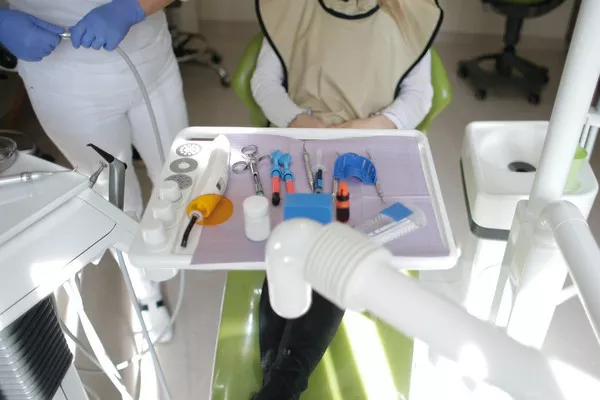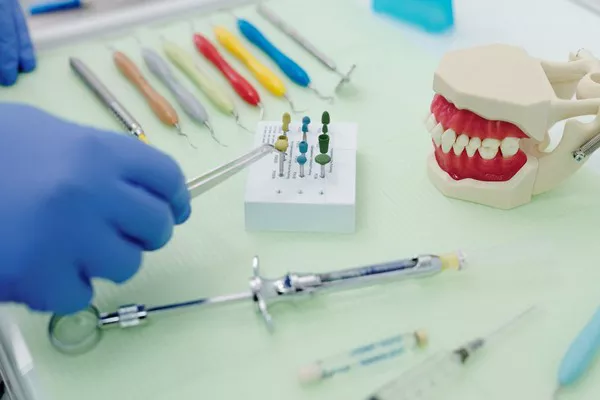Cavities are a common dental problem that affects individuals of all ages. When tooth decay progresses and creates holes or cavities in the teeth, dental fillings come to the rescue. Dental fillings are materials used by dentists to restore the structure, functionality, and aesthetics of decayed teeth. Over the years, various filling materials have been developed, each with its own set of advantages and limitations. In this article, we will delve into the different types of materials used for dental fillings, discussing their properties, applications, and considerations for both patients and dentists.
Amalgam Fillings
Amalgam fillings have a long history of use and are composed of a mixture of metals, including silver, tin, copper, and mercury. They are highly durable, cost-effective, and provide exceptional strength for chewing surfaces. However, due to concerns about mercury toxicity, amalgam fillings have become less popular over time, though they are still approved for use by regulatory bodies like the FDA.
Composite Resin Fillings
Composite resin fillings are widely used today due to their excellent aesthetic qualities and versatility. They consist of a mixture of plastic and glass particles, which can be color-matched to blend seamlessly with natural teeth. Composite fillings bond chemically to the tooth structure, offering good durability and resistance to fracture. They are especially suitable for front teeth and smaller restorations but may not be as durable as amalgam fillings for large restorations subjected to heavy biting forces.
Glass Ionomer Fillings
Glass ionomer fillings are a unique type of dental filling material made from a combination of acrylic acids and fine glass powders. These fillings have the advantage of releasing fluoride over time, which helps prevent further decay in the surrounding tooth structure. Glass ionomer fillings are primarily used for small restorations, non-load-bearing areas, and in pediatric dentistry due to their ease of placement and fluoride-releasing properties. However, they are less durable compared to other filling materials and may require replacement over time.
Porcelain/Ceramic Fillings
Porcelain or ceramic fillings, also known as inlays or onlays, are custom-made restorations created in a dental laboratory. They provide an excellent aesthetic solution for cavities and are highly resistant to staining. Porcelain fillings offer superior strength and can be bonded to the tooth structure, making them suitable for both front and back teeth. However, they are more expensive than other filling options and require multiple visits to the dentist.
Gold Fillings
Gold fillings, although not as commonly used today, have been trusted by dentists for many years. Gold is a highly biocompatible material that adapts well to the oral environment. These fillings are extremely durable and long-lasting when maintained properly. Gold fillings require multiple appointments and are relatively expensive. Their distinct gold color makes them noticeable, resulting in limited use in visible areas of the mouth.
Conclusion
When it comes to filling cavities, dentists have several options to choose from based on the specific needs of each patient. Amalgam fillings, composite resin fillings, glass ionomer fillings, porcelain/ceramic fillings, and gold fillings all offer unique advantages and considerations. Dentists consider factors such as aesthetics, durability, cost, and location of the cavity while selecting the appropriate filling material. It is important for individuals to consult with their dentist to determine the most suitable option for their specific case. Regular dental check-ups and maintaining good oral hygiene practices can help prevent the development of cavities and the need for dental fillings in the first place. Remember, early detection and treatment are key to maintaining a healthy smile!
Related Topics:
































